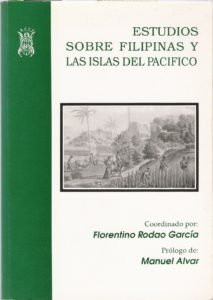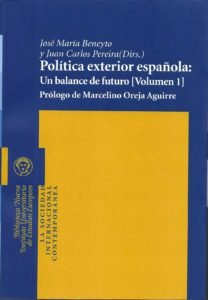
Spanish culture in Pacific Area after 1898

La conferencia más memorable
Tras estudiar el hispanismo en Filipinas en el siglo XX, este texto compara la Micronesia como case study frente a la importancia de Filipinas. Una conferencia inolvidable, la que recuerdo con más cariño. Un congreso al que suelen asistir como doscientos académicos, pero en el que estábamos solo veinte personas por los problemas de infraestructura en Kiribati. En pantalones cortos, escuchando el susurro de las olas, junto a una tradicional “casa de la palabra” y con público escaso pero escogido, como Vince Diaz y algunas doctorandas suyas de Guam. No recuerdo que nadie estuviera en bañador, pero fue otro hito.
The article gives an overview of Spanish interests in the Pacific Area after it was defeated by the United States. When the Philippines and Guam passed to American Sovereigninty due to the Paris Treaty (1898) and the rest of its dominions in Micronesia were bought by the German empire, Spain departed definitely from the region, but the legacy remained significant for half a century. The most important Spanish presence were the Jesuit missionaries in the Carolines and Marianas, especially during the Japanese period period, but the article explores also the utility of Spanish culture by Guamese Chamorros as a way to counteract American colonialism
“The Spanish Culture in the Pacific Area After 1898” Messy Entanglements. The papers of the 10th Pacific History Association Conference. Tarawa. Kiribati. Alaima Talu & Max Quanchi (eds.). Brisbane: Pacific History Association, pp.173-179 A later version of this article, titled as «La cultura española en Oceanía después de 1898» was published at Revista Española del Pacifico, vol. 7, pp. 31-42.
Más capítulos


Raza y discursos diferencia, 1880s – 1940s

Japón y EEUU en relación exterior de SurCorea
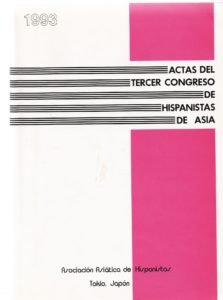
Congreso de hispanistas en Asia

1998 España en el Pacífico
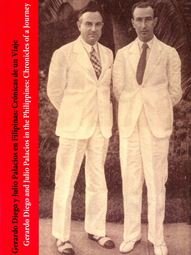
Philippine transition to uncertain independence
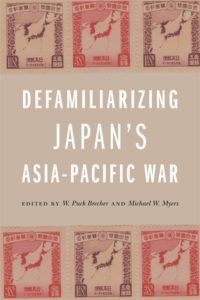
Neutrals and pragmatism in Japanese Foreign Policy 1944-45

1998 Pacific Islands Spanish Presence in the Pacific

Spanish companies after the Revolution
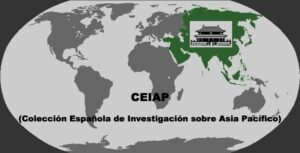
Coordinarnos los asianistas

España y Japón durante la II Guerra Mundial
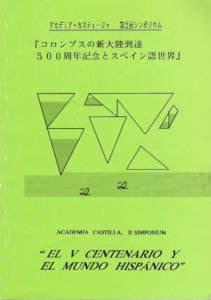
Simposium “El Quinto Centenario”, 1898 nen iko no toyo. Spain in Asia after 1898

1989 Fondos sobre Extremo Oriente ibérico en el archivo general del Ministerio de Asuntos Exteriores

El español durante la Guerra Civil: revistas ideologizadas
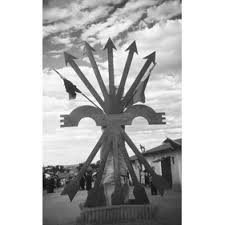
Falange y Fascismo

Modern Spain in Asia

El Tejido Democrático en Filipinas
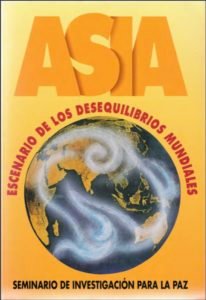
Asia, Introducción histórica
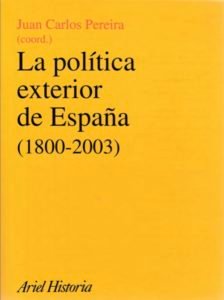
Colonización Filipina y relaciones con Asia
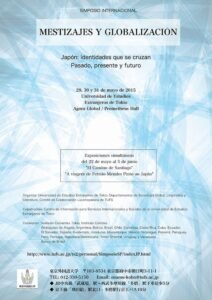
Mestizajes y Globalización

España y USA ante Filipinas, Verano 1940
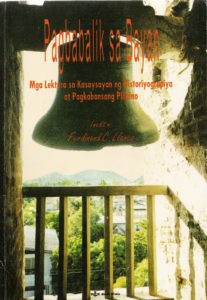
Pagbabalik Sa Bayan

Españoles ante transición imperial. Filipinas

Asia y la Transición Española (con Álvaro Jimena)
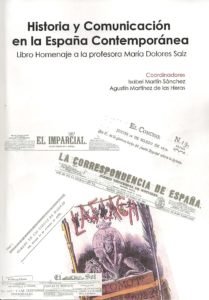
Oralidad y memoria de pasado fascista. Filipinas

Spanish culture in Pacific Area after 1898

1998. Japón ante el auge asiático
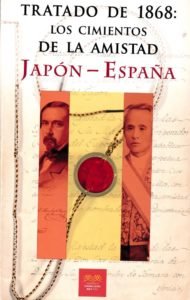
Intensidades cambiantes relación hispano japonesa
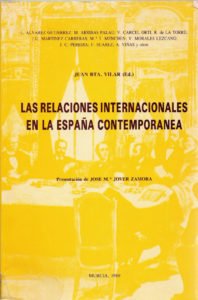
Levantamiento Yihetuan-Sublevación bóxer y España en Asia

Compañía en transición y guerra, 1935-1946
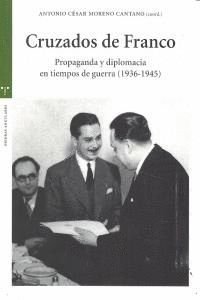
José del Castaño: más falangista que diplomático

Esclavitud, servidumbre y abolición en Asia. Caso de España

Imágenes y proceso de toma de decisiones
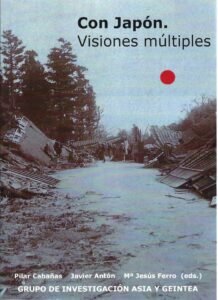
Cambios en Japón Meiji

Relaciones España y Asia-Pacífico. Siglo XX

Imagen en Historia España y Japón

Compañías españolas tras Revolución Filipina

1989 España y el Pacifico. Restos Presencia Hispana en Molucas

Asia y la España Contemporánea, 1800-2010

Guerra Civil Española y Japón, 1936-39. Nihon-Supein Kôryûshi

Crisis y continuidad del sistema político de Japón

Modernicemos España

España y Pearl Harbour

Los españoles y portugueses observan Japón
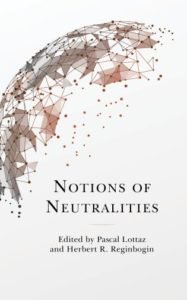
Vatican, World War II in Asia, and Neutrality (with Pascal Lottaz)
